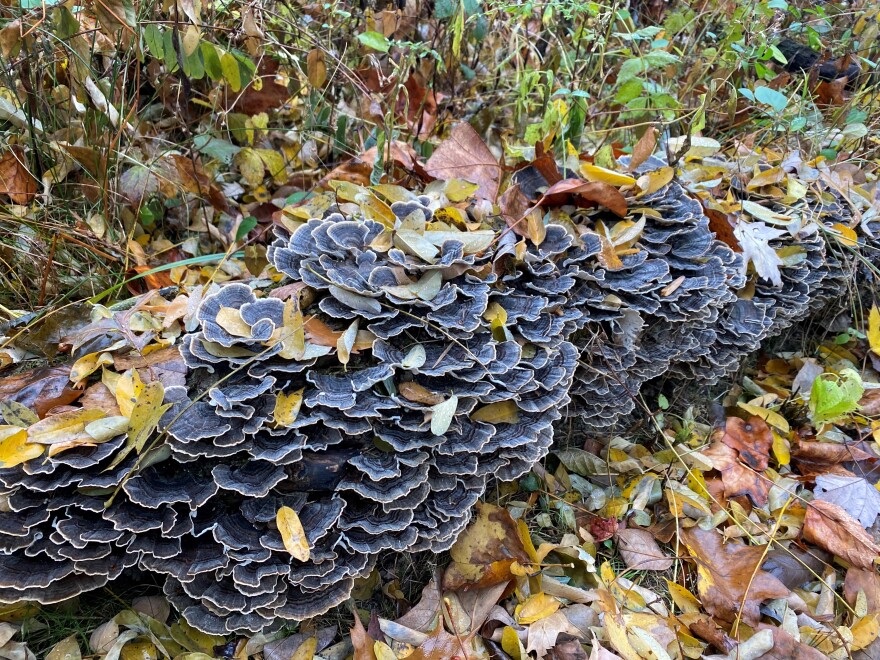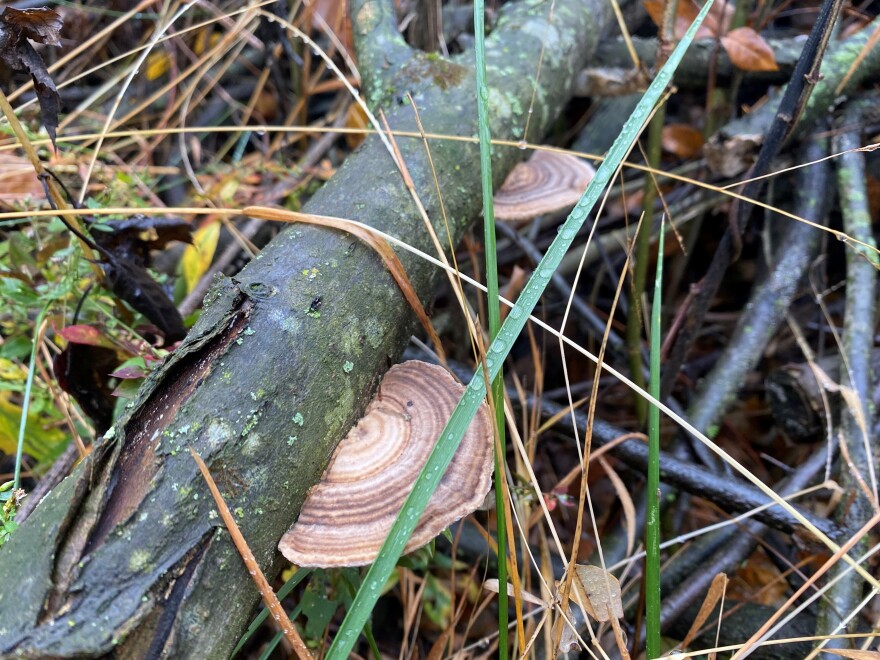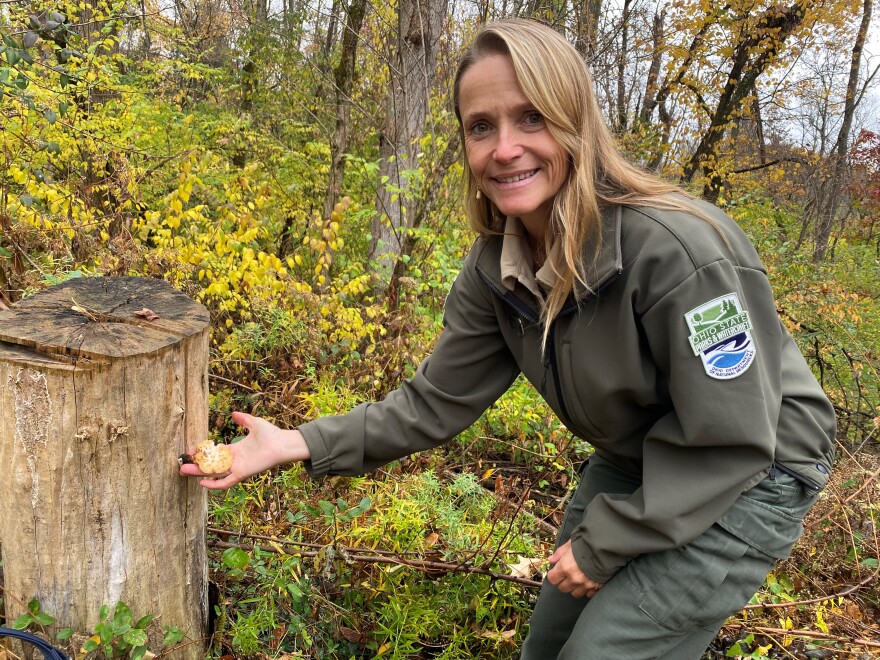If there was ever a hobby where knowing what you’re doing was super important, it’s foraging for mushrooms.
This fall, Cincinnati Children’s Hospital Medical Center tweeted it was treating multiple patients for mushroom poisoning.
Multiple patients have reported eating mushrooms foraged from a public area in SW Ohio that appear to be highly toxic. You should never eat wild mushrooms. If someone has eaten a wild mushroom and has any symptoms, immediately contact the Poison Control Center at 1-800-222-1222.
— Cincinnati Childrens (@CincyChildrens) September 22, 2022
The science publication ars Technica reported on the poisonous fungi in this article.
Ohio State Parks and Watercraft Naturalist Erin Shaw knows what she's doing. She has been hunting for mushrooms since childhood.
“There’s a lot of newbies out there, which is good. We have to be really careful with mushrooms in particular because there are ones that are deadly toxic that will kill you,” she says.
At Caesar Creek State Park, where Shaw has an office, we head out to go foraging. And she knows exactly where to go — The Bluebird Trail. The mushrooms she expects to find had already been harvested, but we find a polypore that smells like watermelon. She thinks this one is Dryad’s Saddle.
“It’s definitely a polypore. It does smell like watermelon, so I would look it up in my book by the picture by the back of it; by the tree we found it on; by the season; and cross-reference,” she says.

Shaw is careful. She had a scare in 2021 when “I found a patch on a tree that were gnocchi. And so, I was picking them off. And in that mix of gnocchi were a couple of the deadly Galerinas and they were growing together. So, I came home. Luckily, I did a few spore prints before I put them in the pan.”
Getting a spore print involves cutting the mushroom cap off, placing it on a piece of foil and putting a bowl over it overnight so you don’t lose the spores and capture the print, like a fingerprint. The spore print will help you determine what kind of mushroom you foraged and help you identify whether or not it is poisonous, as described in this video.
Shaw has some tips if you do decide to try foraging for mushrooms:
- Have a healthy respect for mushrooms
- Make sure you are in a place where you are allowed to forage
- Be a responsible forager (don’t upend logs and compact the soil)
- Use books and apps to identify
- Take spore prints
- Don’t eat anything you don’t know what it is




